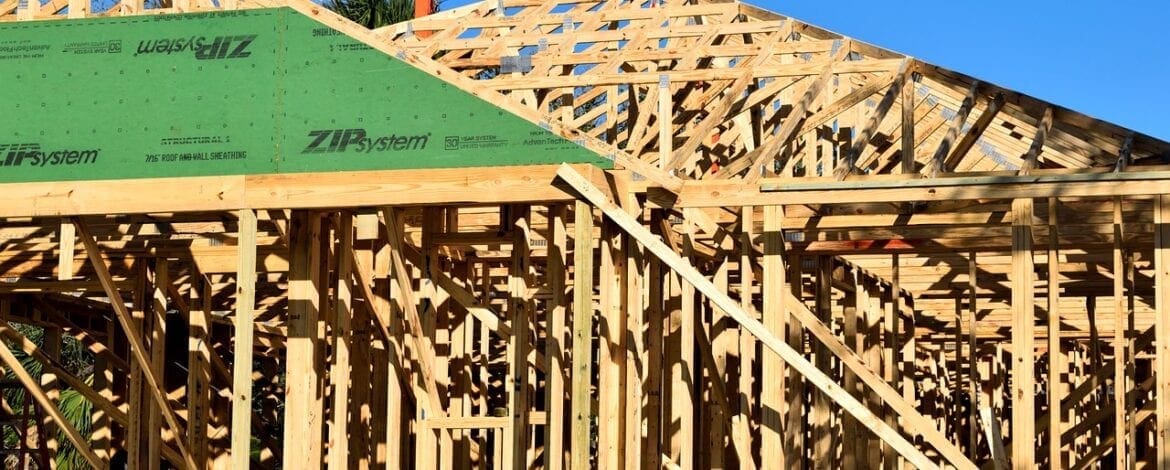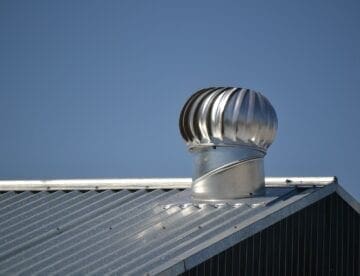In a hurricane-prone region like Florida, having a strong and sturdy roof is essential. Roof underlayment acts as the final weather barrier between the roof itself and the raw plywood that comprises your roofing structure. For decades, asphalt-saturated underlayment has been a popular choice among homeowners, mostly because there weren’t as many efficient alternatives available. But today, peel and stick roof underlayment is quickly becoming the norm, especially in hot and humid areas.
Biggest Benefits of Peel and Stick Roof Underlayment
Unlike traditional underlayment, synthetic peel and stick roof underlayment is much more durable. When paired with the suitable roofing material for Florida’s climate, underlayment can significantly contribute to preserving your roof for many years.
There are many reasons why you should consider opting for synthetic underlayment. With that in mind, here are some of the most significant benefits of peel and stick roof underlayment.
Easy to Install
Installing a house roof comes with a set of challenges that require experience and proper knowledge. As peel and stick roof underlayment is easier and faster to install than a non-adhesive underlayment, the whole process doesn’t require any nailing. This reduces the labor requirements, and automatically, the cost of the project.
Peel and stick Underlayment Provides a Better Barrier.
Due to its non-wrinkle properties, peel and stick underlayment doesn’t provide any space for water to pool and potentially penetrate its barrier. Plus, since this underlayment doesn’t require any nailing, there won’t be any nail holes for water to seep through.
You won’t have to use any additional adhesives to ensure it sticks well around the corners or on overlaying parts. So, your attic and roofing structure will be safe from moisture and mold-related problems.
Peel and Stick Underlayment is Stronger than Traditional Solutions
Unlike asphalt underlayment, which tends to crack and tear, peel and stick underlayment is more flexible and durable. Since it’s so simple to install, the risk of improper installation is minimal. The entire installation process is more likely to go smoothly.
In areas prone to strong wind and rain, peel and stick underlayment is always a better choice compared to traditional solutions like asphalt. Peel and stick is significantly more efficient in minimizing the risk of water infiltration and damage.
Depending on where you live, the building code might require you to install peel and stick underlayment specifically. The Florida Office of Insurance Regulation guidelines states if you want to qualify for a Secondary Water Resistant discount on your insurance, you must use a peel and stick underlayment bonded directly to the roof’s sheathing.
How Much Does Peel and Stick Underlayment Cost?
The underlayment cost can vary significantly depending on the thickness and quality of the material you choose. You’ll also have to factor in your roof’s overall size and the labor costs that go with it.
To give you a ball-park estimate, an average-sized Florida household would have to pay upwards of $2000 to completely cover the roof with peel and stick underlayment. This may sound like an expensive investment, but keep in mind that installing underlayment goes a long way into ensuring the protection of your entire home.
Installing Peel and Stick Roof Underlayment in Florida: The Bottom Line
Installing quality peel and stick roof underlayment presents an additional cost. Not many homeowners are willing to make this investment. However, underlayment can play a significant role in prolonging your roof’s life expectancy. Plus, with a proper roof replacement plan, you’ll be able to calculate and pay for everything without overextending your budget.
One downside of peel and stick underlayment is that sometimes, removing self-adhering underlayment without damaging the roof is impossible. In such instances, your roofing contractor will recommend installing a second layer over the existing underlayment or suggest a more complex removal process.
Contact Your Roofing Professional for More Information
Whatever the case may be, it’s always best to consult with your trusted local roofing professional before making the final decision. Make sure to ask your contractor about the material used, length of the project, and the product’s longevity. In some cases, you should also consider hiring an independent inspector to make sure everything is up to code.
As a family-owned business with almost half a century of industry experience, we provide residential and commercial roofing services for any type of roofing system. Call us today at 813-373-9088. Or fill out our online form to get a free roof estimate for your next project.




